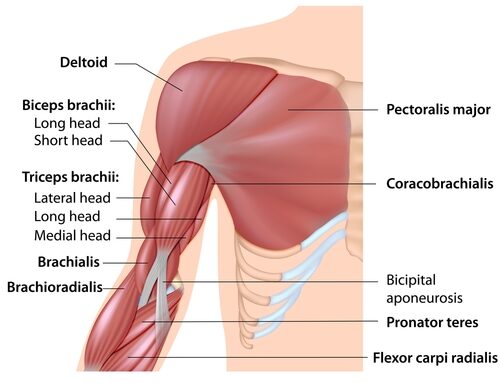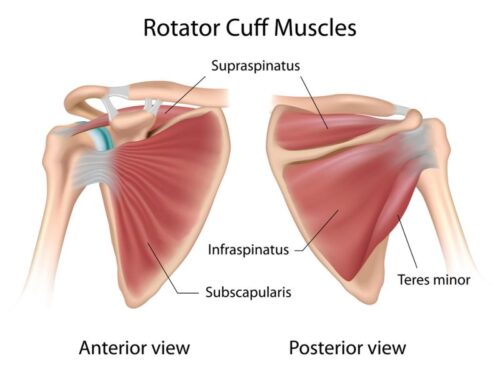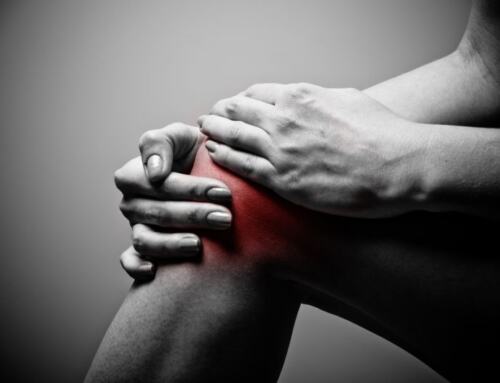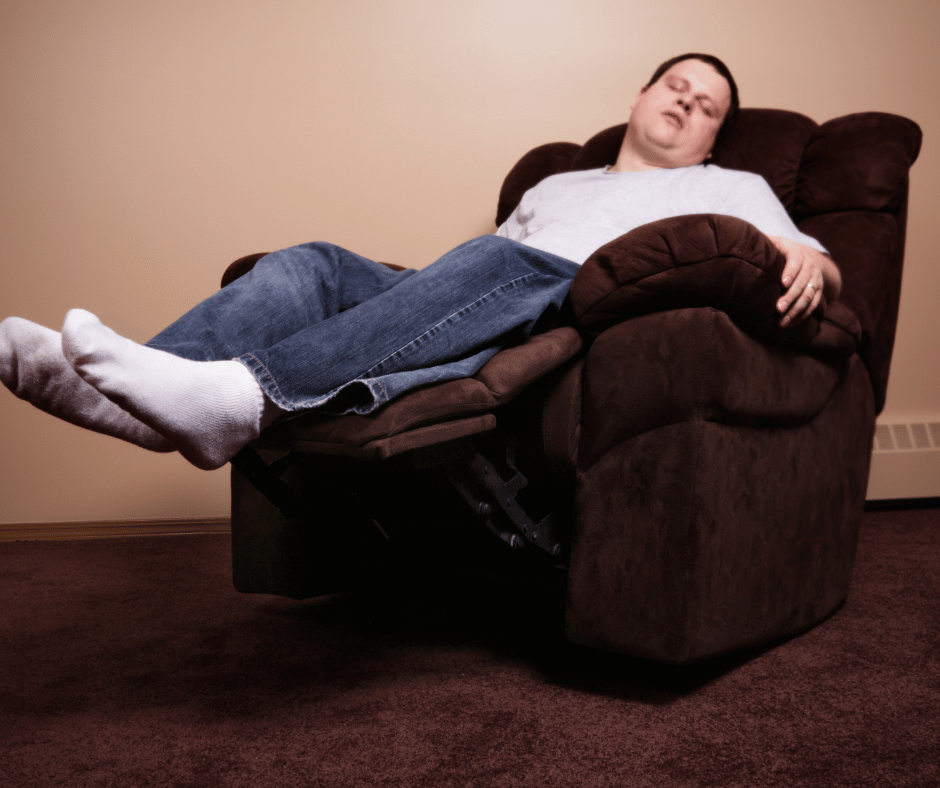
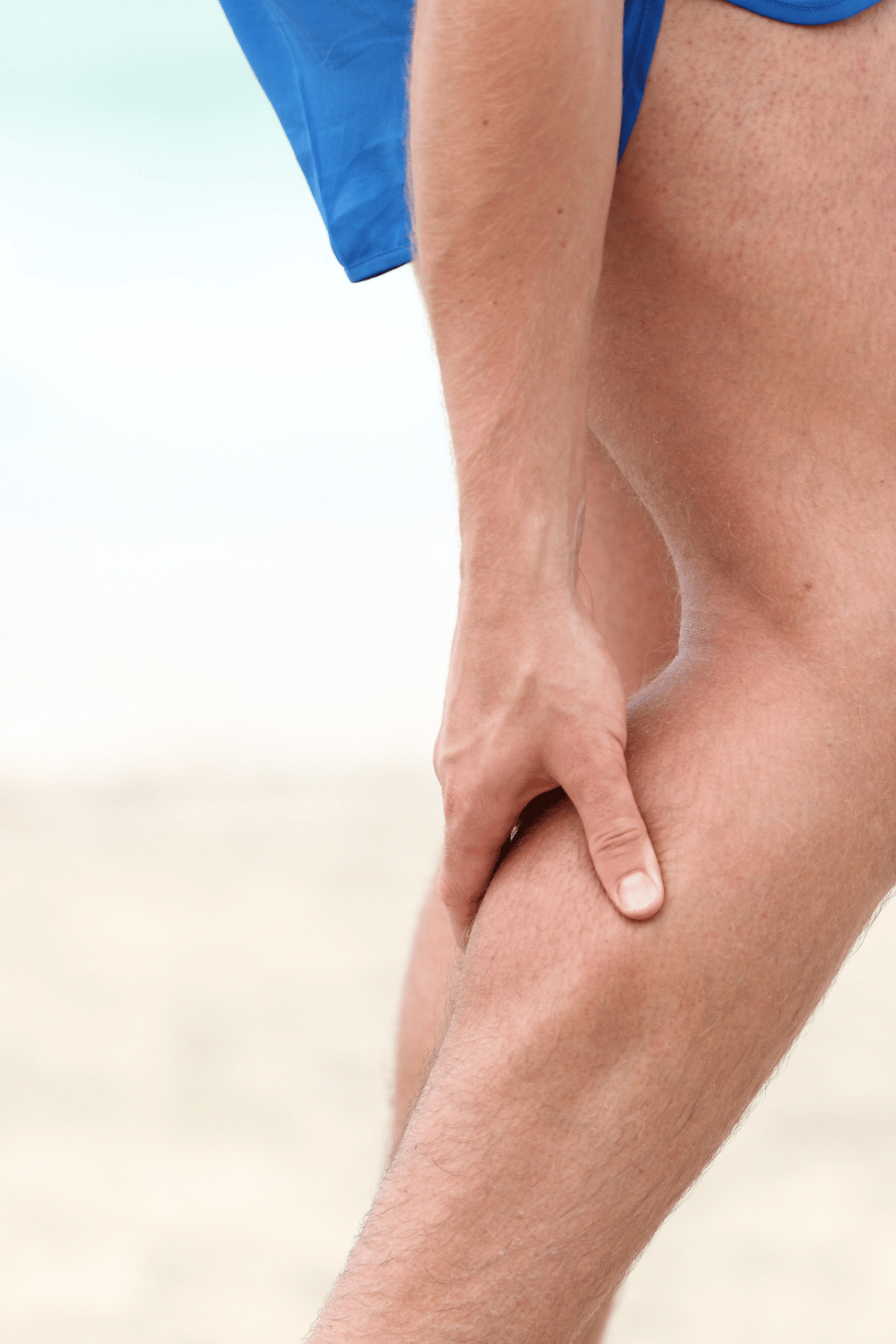
Understanding Calf Cramps: Causes and Symptoms
Ever find yourself asking, “Why do my legs ache when I sit in a recliner?” You’re not alone. Calf cramps and leg pain can sneak up on you, especially after sitting in one position for too long. There are a few key culprits behind these uncomfortable cramps.
Calf cramps can be a real nuisance, especially when they strike out of nowhere. Have you ever noticed that they often develop when your legs are still too long, particularly when your toes are pointed? This position can lead to the tightening of the calf muscles, making them more prone to cramping. Dehydration is another factor that can trigger these cramps, along with several other medical conditions. Calf cramps also tend to occur more frequently when your muscles are cold, so they often catch people off guard at night. To help prevent these nocturnal cramps, try placing a pillow under your feet while you sleep to keep them at a more natural 90-degrees.
One common source of calf cramps is gastrocnemius trigger points. These are often activated when the muscle is exposed to cold or experiences mechanical overload. Factors like sustained contraction, sustained shortening, immobility, and compromised circulation can perpetuate these trigger points. For instance, walking along a slanted surface, such as a beach, can activate trigger points in your calf, causing pain in the leg on the lower side of the slope. This pain often feels like it’s coming from the knee joint, but it’s actually the result of the gastroc and pelvis compensating for the uneven ground.
Walking straight up a long, steep hill can aggravate these trigger points. Anything that keeps your gastroc muscle shortened for an extended period, like wearing high heels, hooking your heel on the rung of a high stool with your foot pointed down, or driving long distances, can make these trigger points worse. Even something as simple as sleeping with your foot pointed or sitting in a recliner with a high front edge at calf level and inadequate heel support can contribute to the problem by impairing circulation.
Poor circulation is often at the top of the list. When blood flow isn’t as strong as it should be, your legs might not get the oxygen-rich blood they need to stay healthy, leading to cramps and aches. This is especially true if you have varicose veins or are dealing with peripheral artery disease—conditions that make it harder for blood to circulate effectively.
Prolonged sitting—whether in a recliner, at a desk, or even during a long car ride—can also contribute to calf cramps. Staying in one position for too long puts pressure on your legs, reducing circulation and tightening your muscles. Over time, this can lead to discomfort and painful cramps, especially when you try to move again.
Muscle strain is another common cause. Even something as simple as sitting in a recliner at the wrong angle can strain your calf muscles, leading to those pesky cramps. How your legs are positioned while you sit—often bent at the knees and sometimes elevated—can create tension and restrict blood flow.
Lastly, don’t overlook serious conditions like blood clots. While less common, blood clots can cause severe pain and cramps in your calves. If you experience persistent pain, swelling, or redness in your legs, you must see a doctor immediately.
Understanding these causes can help you take proactive steps to prevent calf cramps, whether it’s adjusting your posture, keeping your muscles warm, or ensuring good circulation. By being mindful of these factors, you can keep your legs feeling more comfortable and avoid unexpected cramps.
What’s the Fix?
A few things you can do to help gastroc trigger points are wear heels less than 2 inches. Get a wedge for your accelerator pedal to make your foot form a right angle. Add a footrest if your office chair is too high. Make sure you are working in a warm area and avoid wearing tight socks.
Tips to Reduce Strain and Discomfort While Sitting
Sitting for long periods, whether in a recliner, office chair, or even a cozy spot on the couch, can take a toll on your legs if you’re not careful. To reduce strain and keep pain at bay, here are a few simple tips you can follow.
First, focus on maintaining good posture. When you sit, ensure your spine is aligned and your head is not jutting forward. Your legs should be positioned so that your knees are at a right angle, with your feet flat on the floor or supported by a footrest. Avoid crossing your legs, as this can restrict blood circulation and lead to pain.
Next, it’s crucial to adjust the position of your legs, knees, and feet regularly. If you’re in a recliner, try not to let your legs stay in one position for too long. Adjust the angle of the chair to keep your feet slightly elevated and your knees bent just enough to avoid putting extra pressure on your muscles and joints. This will help improve circulation and prevent stiffness.
Incorporating stretch breaks and walk breaks into your routine is also essential. Every 30 minutes or so, stand up, stretch, and take a short walk to get the blood flowing. Simple stretches, like flexing your feet and rotating your ankles, can do wonders to relieve tension and prevent cramps. If you’re sitting for a long period, try to stretch your legs by extending them out in front of you and pointing and flexing your toes.
Additionally, consider doing some light exercises while sitting, such as calf raises or seated marches. These small movements can help keep your muscles active.
By paying attention to your posture, adjusting your sitting position, and taking regular breaks to stretch and move, you can significantly reduce discomfort in your legs, making your sitting time much more comfortable.
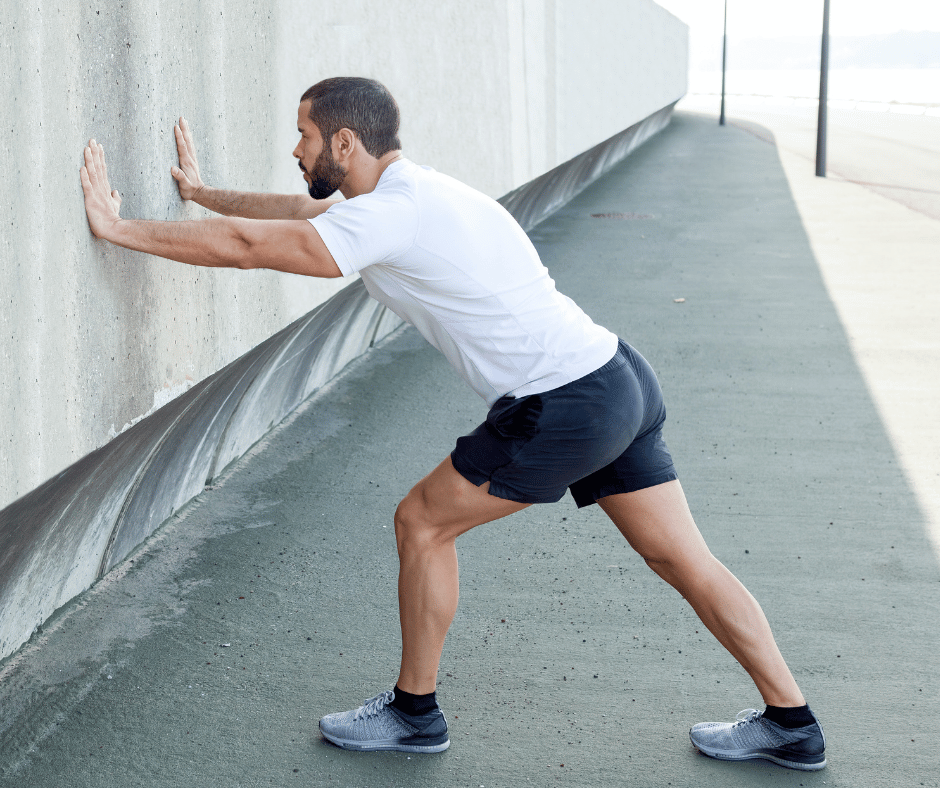
When to Seek Medical Advice
While occasional leg pain or cramps can often be managed with simple adjustments and self-care, there are times when it’s crucial to consult a doctor. Persistent leg pain, especially if it’s accompanied by other symptoms, shouldn’t be ignored.
If you notice symptoms like varicose veins—those twisted, swollen veins that often appear on the legs—or if you suspect blood clots, it’s important to seek medical advice immediately. Blood clots can be particularly dangerous, as they can cause serious complications if left untreated. Signs of a blood clot may include swelling, redness, and a warm sensation in the leg, along with pain that doesn’t go away.
Peripheral artery disease (PAD) is another condition that requires prompt medical attention. PAD occurs when your arteries are narrowed, reducing blood flow to your limbs. Symptoms might include leg pain, especially when walking, that eases with rest, or a feeling of heaviness or numbness in the legs. A doctor can diagnose PAD and recommend treatments to improve circulation and reduce your risk of complications.
Additionally, if you’re experiencing joint pain or severe, recurrent leg cramps, a healthcare professional can help determine the underlying cause and suggest appropriate treatments. Chronic joint pain can indicate arthritis or other joint issues that may need specialized care, while persistent cramps could indicate an underlying condition requiring medical intervention.
In all these cases, consulting a doctor is key to managing your symptoms effectively and preventing further complications. Early diagnosis and treatment can make a significant difference in your overall leg health, so don’t hesitate to seek help if you’re concerned about your symptoms.
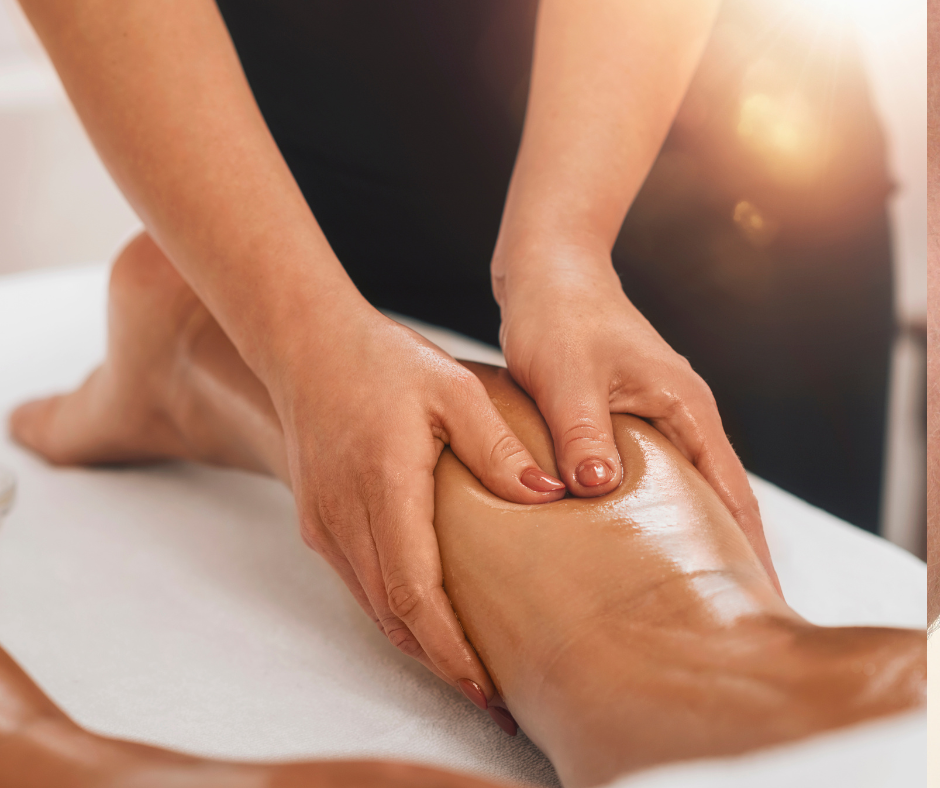
Schedule a massage
In summary, calf cramps and leg pain can be caused by a variety of factors, including poor circulation, prolonged sitting, muscle strain, and underlying conditions like varicose veins, blood clots, and peripheral artery disease. By understanding the causes, maintaining good posture, and incorporating regular stretch breaks, you can reduce the strain and discomfort on your legs. However, if you experience persistent pain or other concerning symptoms, it’s important to consult a doctor for proper diagnosis and treatment.
To further alleviate leg pain and promote relaxation, consider scheduling a massage at Body Ache Escape. Our skilled therapists can help improve circulation, relieve muscle tension, and address specific concerns you may have. Don’t let leg pain hold you back—book your appointment today and take the first step toward feeling better!




